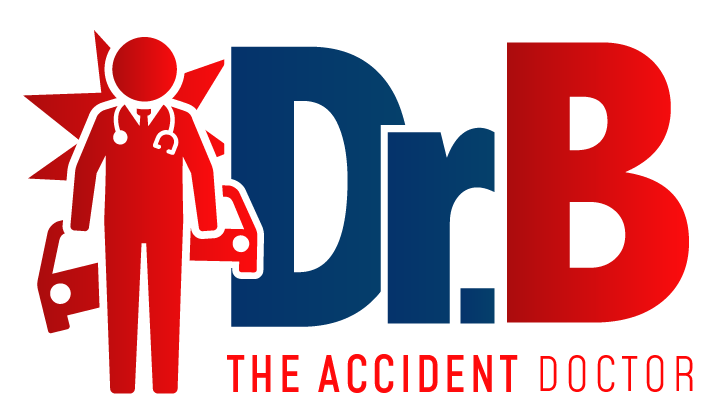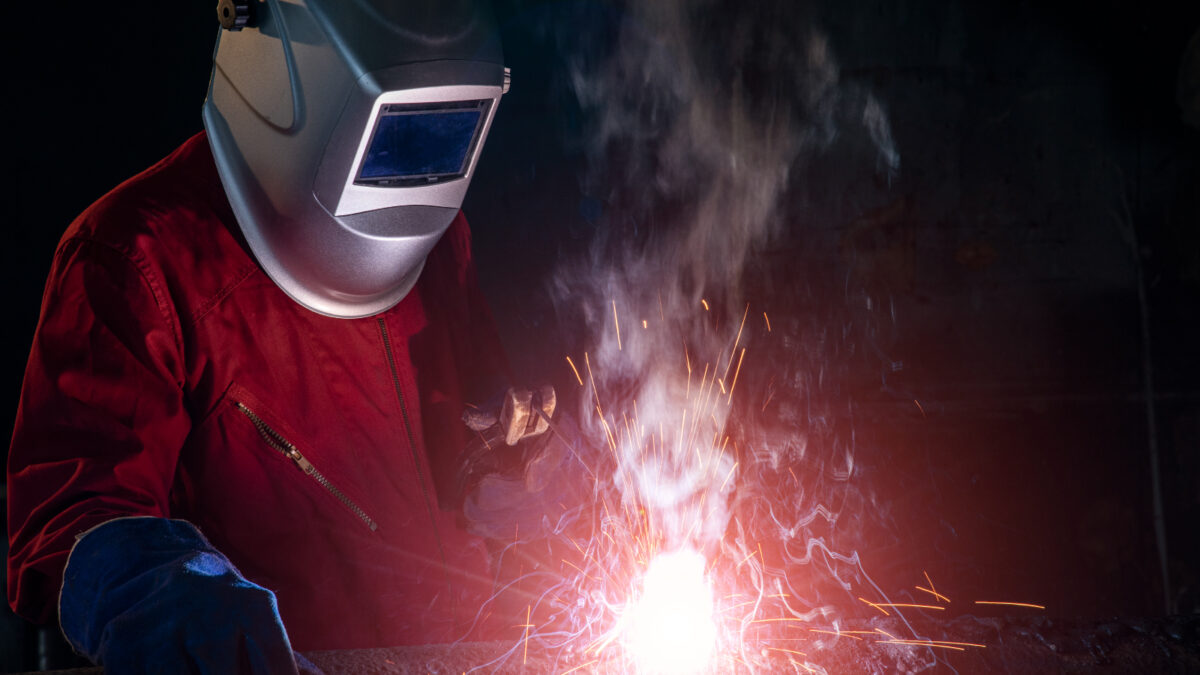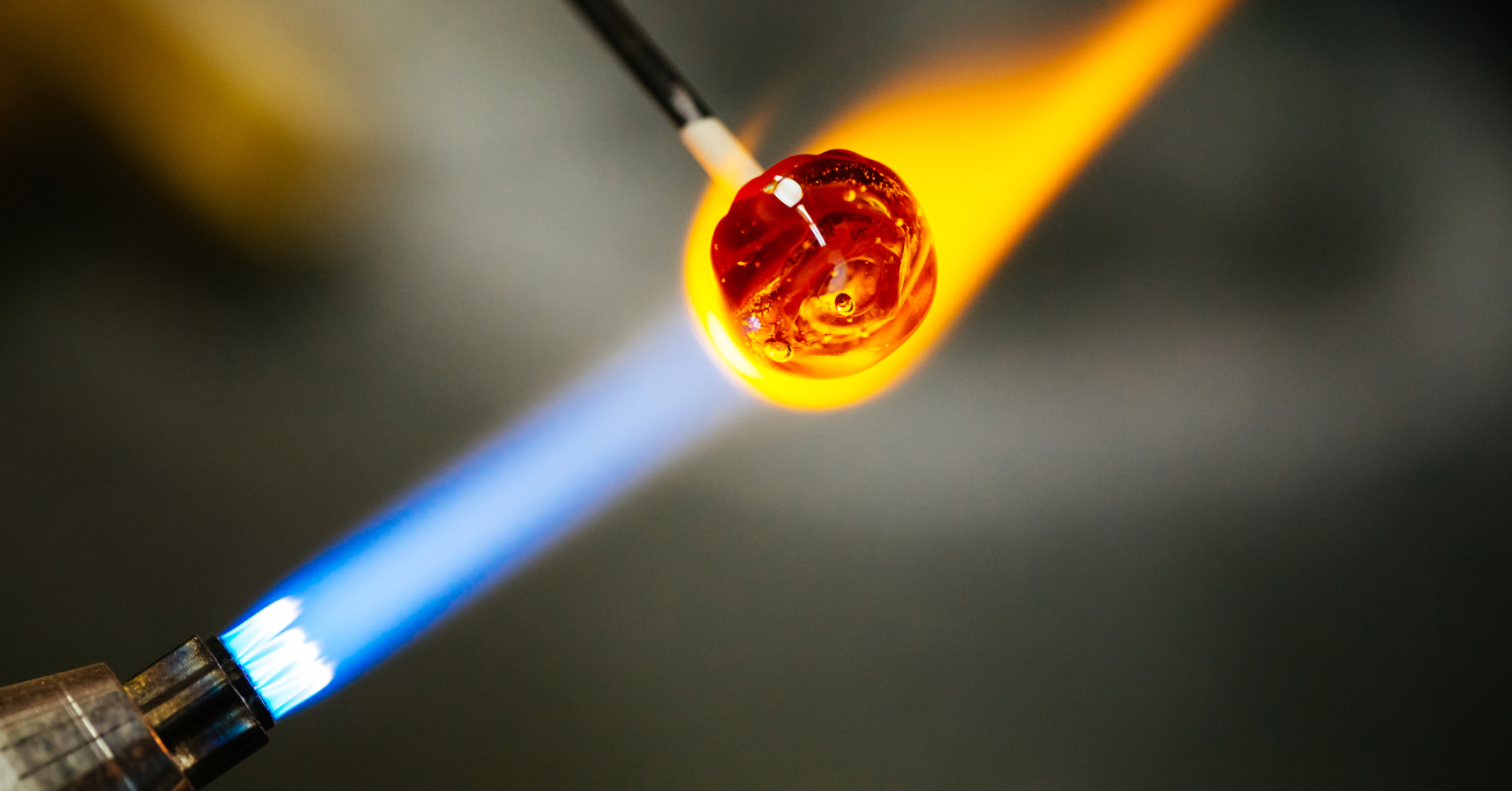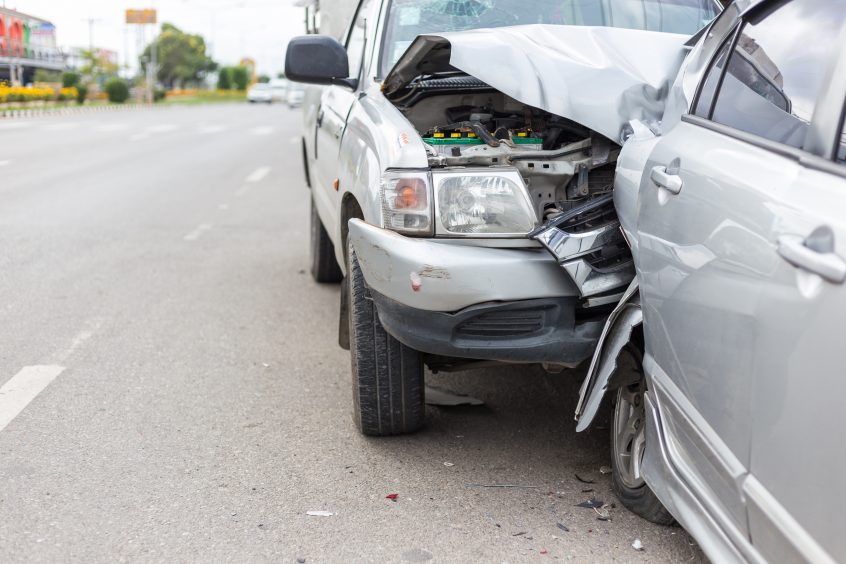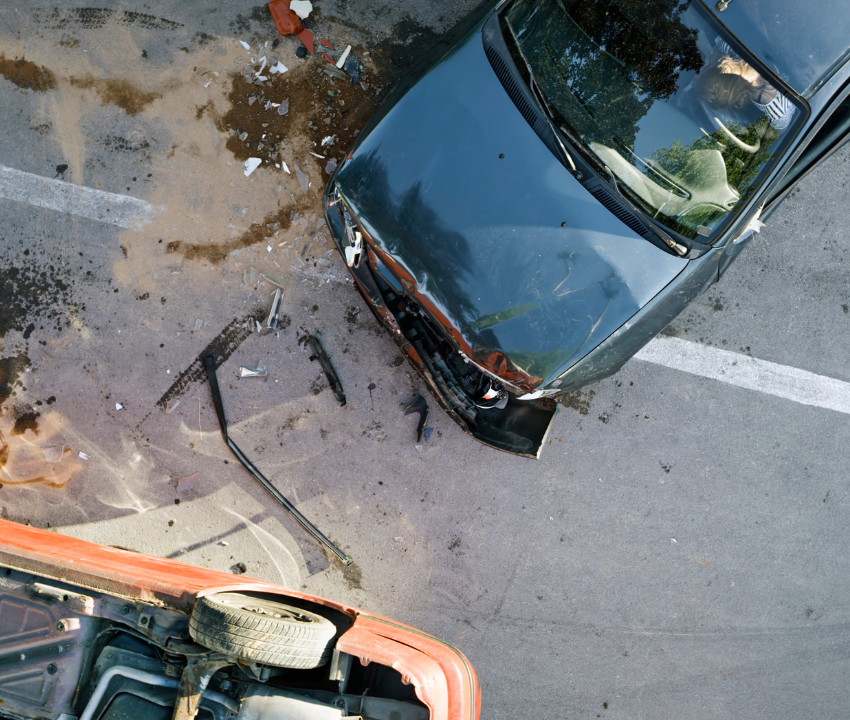Industrial fires and explosions cost companies and governments billions of dollars every year, not to mention the loss of life, which can’t be described in monetary terms.
According to the most recent fire statistics from the National Fire Protection Association (NFPA):
- An average of 37,000 fires occur at industrial and manufacturing properties every year.
- These incidents result in:
- 18 civilian deaths,
- 279 civilian injuries, and
- $1 billion in direct property damage.
These disasters happen for many reasons, often because managers and employees aren’t aware of the risks that surround them at work every day.
Here are five of the most common causes of industrial fires and explosions.
1. Combustible dust
Often overlooked, and highly deadly, combustible dust is a major cause of fire in food manufacturing, woodworking, chemical manufacturing, metalworking, pharmaceuticals, and just about every other industry you can name. The reason is that just about everything, including food, dyes, chemicals, and metals — even materials that aren’t fire risks in larger pieces — has the potential to be combustible in dust form.
And these explosions aren’t easy to contain. In the typical incident, a small fire will result from combustible material coming into contact with an ignition source. This may be a dust explosion, but it doesn’t have to be. In fact, it could be most any other type of explosion on this list.
2. Hot work
Hot work is one of the leading causes of industrial fires across all industries.
Although hot work is commonly equated with welding and torch cutting, there are many other activities — including brazing, burning, heating, and soldering — that pose a fire hazard. This is because the sparks and molten material, which reach temperatures greater than 1000°F, can easily travel more than 35 feet.
Here are a few recent catastrophes that were the result of hot work:
- In 2014, a pier fire in California did more than $100 million in damage when it caused a partial collapse of a warehouse floor.
- In 2012, three workers performing hot work died disassembling a metal crude oil tank. The sparks from the work ignited vapors inside the tank, causing a fire that then spread to nearby woods.
- In 2010, one worker died and one was injured in an explosion while performing welding on a 10,000 gallon slurry tank. Similar to the previous incident, the sparks from the welding ignited vapors inside the tank.
3. Flammable liquids and gasses
These fires, which often occur at chemical plants, can be disastrous. To see what these look like, check out this post at Industry Tap. It features videos from five chemical plant explosions that were the result of explosions of flammable materials, such as rocket fuel (which produces a flammable gas), acrylic acid, and crude oil.
The 2010 power plant explosion in Middletown, CT, which killed six people and injured more than 50, can also be traced to flammable gas. In this case, the subsequent investigation revealed hundreds of safety violations, many of which OSHA deemed “willful.” As a result, the agency fined the companies involved $16.6 million, one of the largest penalties ever issued.
4. Equipment and machinery
Faulty equipment and machinery are also major causes of industrial fires.
Heating and hot work equipment are typically the biggest problems here — in particular, furnaces that aren’t properly installed, operated, and maintained. In addition, any mechanical equipment can become a fire hazard because of friction between the moving parts. This risk can be brought down to practically zero simply by following recommended cleaning and maintenance procedures, including lubrication.
5. Electrical hazards
Electrical fires are one of the top five causes of fires in manufacturing plants. Here a non-exhaustive list of specific electrical hazards:
- Wiring that is exposed or not up to code
- Overloaded outlets
- Extension cords
- Overloaded circuits
- Static discharge
The damage caused by these fires can quickly compound thanks to several of the other items on this list. Any of the above hazards can cause a spark, which can serve as an ignition source for combustible dust, as well as flammable liquids and gasses.
Were you injured in an accident?
Schedule an appointment with us today
Make an appointment today: 210-342-2777

